Assalamu Alaikum friends
Grapes are one of the most popular and widely cultivated fruits worldwide. They are small, juicy berries that grow in clusters and come in various colors, including green, red, purple, and black. Grapes have been a staple in human diets for thousands of years and are used in multiple forms, including fresh fruit, dried as raisins, and fermented into wine. They are also essential ingredients in juices, jams, jellies, and even skincare products.
This fruit is not only delicious but also packed with essential nutrients, antioxidants, and other bioactive compounds that contribute to health benefits. From their historical significance to their economic impact and nutritional value, grapes continue to play a vital role in agriculture, trade, and human well-being.
History and Origin of Grapes
Grapes have a long and fascinating history dating back to ancient civilizations. They were first cultivated around 6,000 BCE in the Middle East and Mediterranean regions, particularly in present-day Iran, Turkey, and Georgia. Archaeological evidence suggests that grape cultivation and winemaking were common practices in these areas.
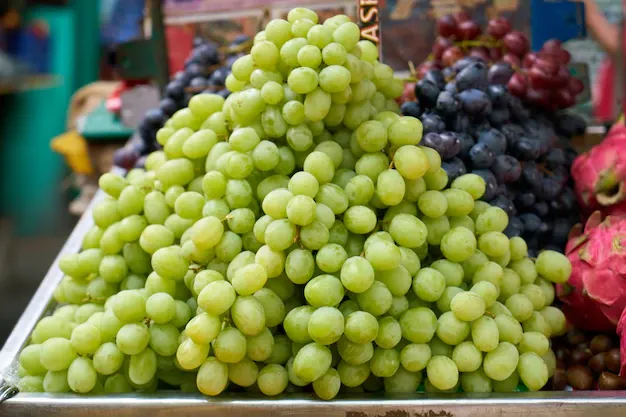
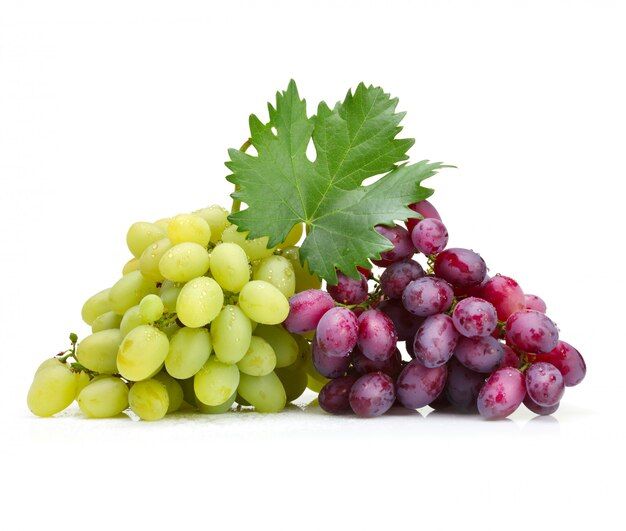
The ancient Egyptians, Greeks, and Romans valued grapes for their dietary and medicinal benefits. Greek mythology links grapes and wine to the god Dionysus symbolizing pleasure and festivity. The Romans played a crucial role in spreading grape cultivation across Europe, particularly in Italy, France, and Spain. With European colonization, grapes were introduced to the Americas, Africa, and other parts of the world.
Today, grapes are grown on every continent except Antarctica, with major production centers in countries like the United States, Italy, France, Spain, and China.
Types of Grapes
There are thousands of grape varieties worldwide, but they can be broadly classified into three main types:
Table Grapes
These grapes are grown for fresh consumption. They are typically larger, sweeter, and have thinner skins. Some popular varieties include:
Thompson Seedless (green)
Red Globe (red)
Concord (purple)
Flame Seedless (red)
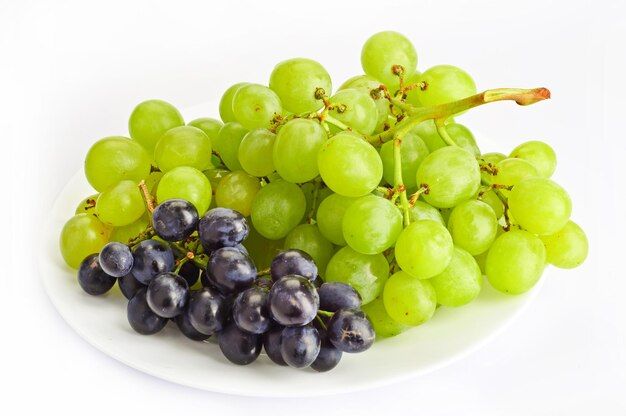
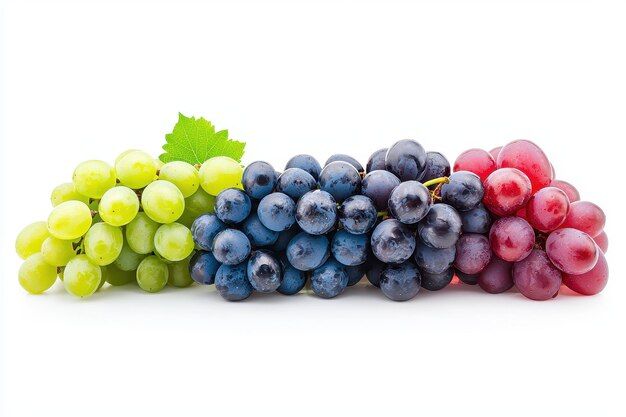
Wine Grapes
Wine grapes are smaller, contain more sugar, and have thicker skins, making them ideal for fermentation. Some of the most famous wine grape varieties include:
Cabernet Sauvignon
Chardonnay
Merlot
Riesling
Raisin Grapes
These grapes are dried to produce raisins, which are commonly used in baking and cooking. The most common varieties include:
Thompson Seedless
Black Corinth
Flame Seedless
Nutritional Value of Grapes
Grapes are a powerhouse of essential nutrients and antioxidants. A typical 100-gram serving of grapes contains:
Calories: 69 kcal
Carbohydrates: 18 grams
Sugars: 16 grams
Fiber: 0.9 grams
Protein: 0.7 grams
Vitamin C: 4% of the daily value (DV)
Vitamin K: 18% of the DV
Potassium: 191 mg
Grapes are rich in antioxidants, including resveratrol, flavonoids, and polyphenols, which offer various health benefits.
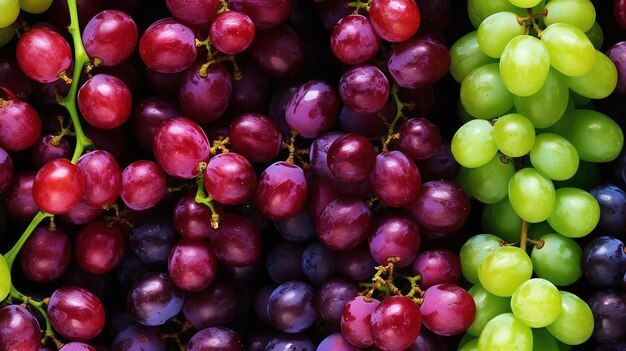
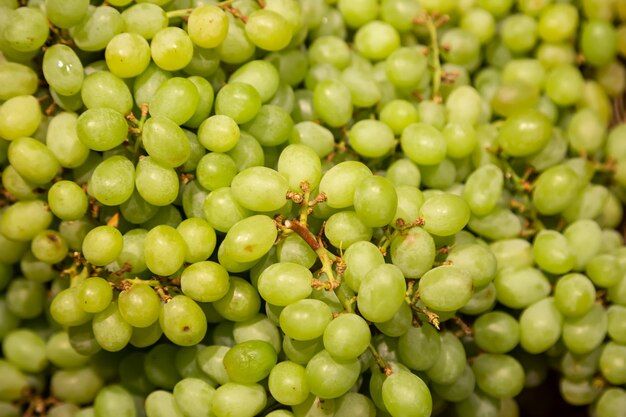
Health Benefits of Grapes
Heart Health
Grapes contain antioxidants like resveratrol, which help reduce the risk of heart disease by lowering bad cholesterol (LDL) and increasing good cholesterol (HDL). They also improve blood vessel function and reduce blood pressure.
Antioxidant and Anti-Inflammatory Properties
Grapes are loaded with polyphenols, flavonoids, and resveratrol, which help fight oxidative stress and inflammation, reducing the risk of chronic diseases such as cancer, diabetes, and neurodegenerative disorders.
Improves Brain Function
Studies suggest that resveratrol in grapes can enhance memory, cognitive function, and protect against Alzheimer's disease by reducing plaque buildup in the brain.
Supports Digestive Health
Grapes contain fiber and water, which aid digestion, prevent constipation, and promote gut health. Polyphenols in grapes also help maintain a healthy gut microbiome.
Helps Manage Diabetes
Despite being naturally sweet, grapes have a low glycemic index, meaning they do not cause a rapid spike in blood sugar levels. The antioxidants in grapes improve insulin sensitivity, making them suitable for people with diabetes when consumed in moderation.
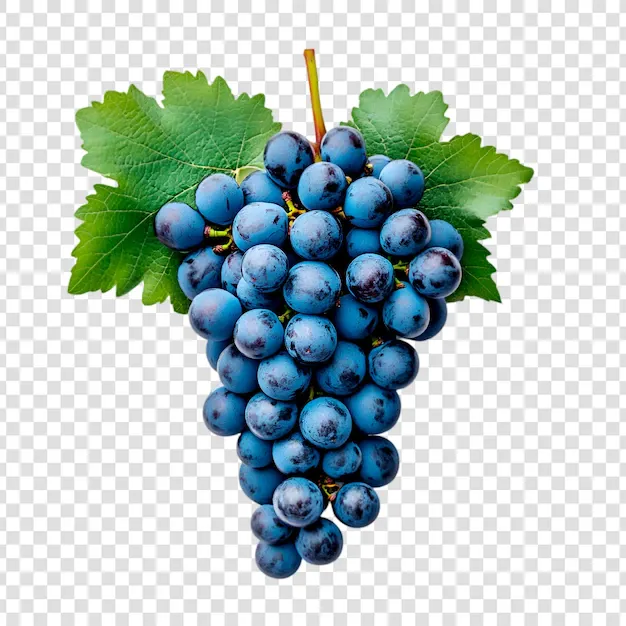
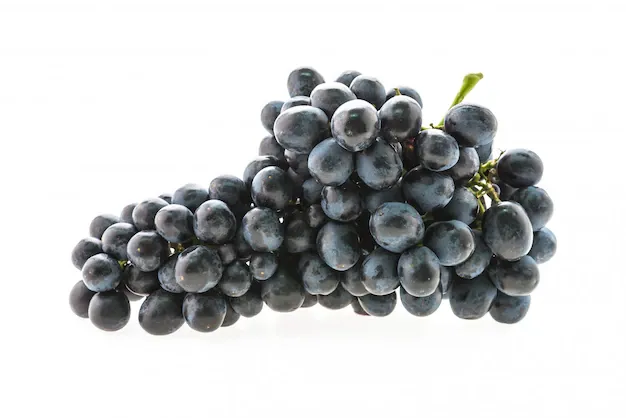
Strengthens the Immune System
Vitamin C and other antioxidants in grapes boost the immune system, helping the body fight infections and inflammation.
Skin and Hair Benefits
Grapes are widely used in skincare and haircare products due to their anti-aging and moisturizing properties. Resveratrol helps protect the skin from UV damage, reduces wrinkles, and promotes a youthful glow. Grape seed oil is also used to nourish hair and scalp.
Grape Cultivation and Production
Grapes thrive in temperate climates with warm days and cool nights. The cultivation process involves several steps:
Climate and Soil Requirements
Grapes grow best in well-drained soil with moderate rainfall and full sunlight. The ideal temperature range for grape cultivation is between 15-30°C.
Mm
Planting and Growing
Grape vines are usually propagated from cuttings and planted in rows. They require support structures like trellises or arbors to grow properly.
Pruning and Maintenance
Pruning is essential to ensure good air circulation, prevent diseases, and improve fruit quality. Proper irrigation, pest control, and fertilization are also necessary for a healthy yield.
Harvesting
Grapes are harvested when they reach the desired sugar content. Table grapes are picked by hand, while machine harvesters are often used for wine grapes.
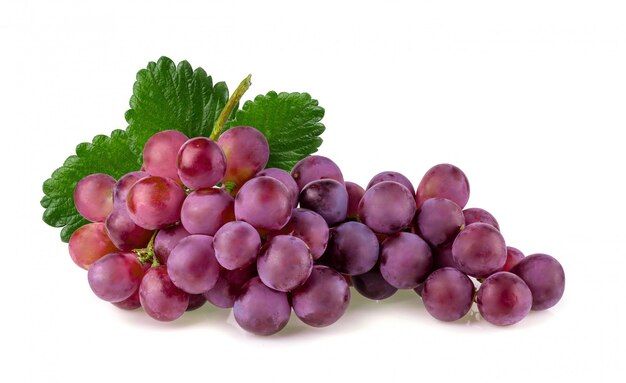
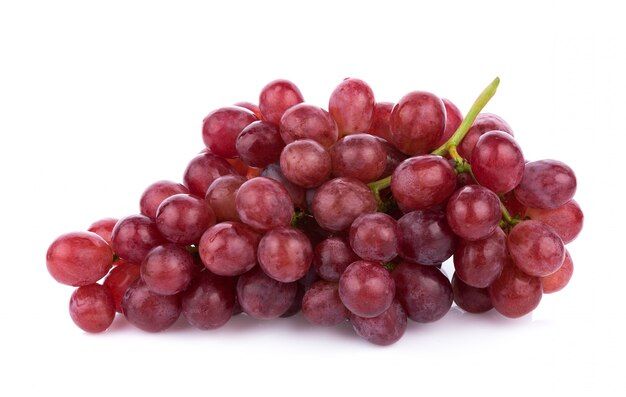
Economic and Cultural Significance of Grapes
Grapes play a crucial role in the global economy, particularly in the wine industry. The wine market alone is worth billions of dollars, with countries like France, Italy, and Spain leading production.
Beyond economics, grapes have deep cultural and religious significance. In Christianity, grapes and wine symbolize the blood of Christ, used in the sacrament of Holy Communion. Grapes also appear in many art forms, literature, and festivals worldwide.
Uses of Grapes
Wine Production
Wine is one of the oldest and most valued products made from grapes. The fermentation process converts grape sugars into alcohol, creating different types of wines such as red, white, and sparkling wines.
Fresh Consumption
Table grapes are enjoyed fresh as a snack, in salads, or paired with cheese and nuts.
Raisins and Dried Grapes
Dried grapes (raisins) are used in cereals, baked goods, and desserts.
Juices and Jams
Grape juice is a popular beverage, while grape jam and jelly are commonly used spreads.
Skincare and Medicine
Grape seed extract and resveratrol are used in cosmetics, skincare, and even supplements for their anti-aging and antioxidant properties.
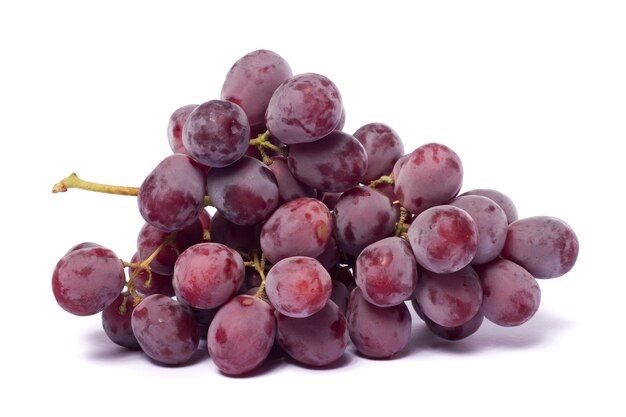
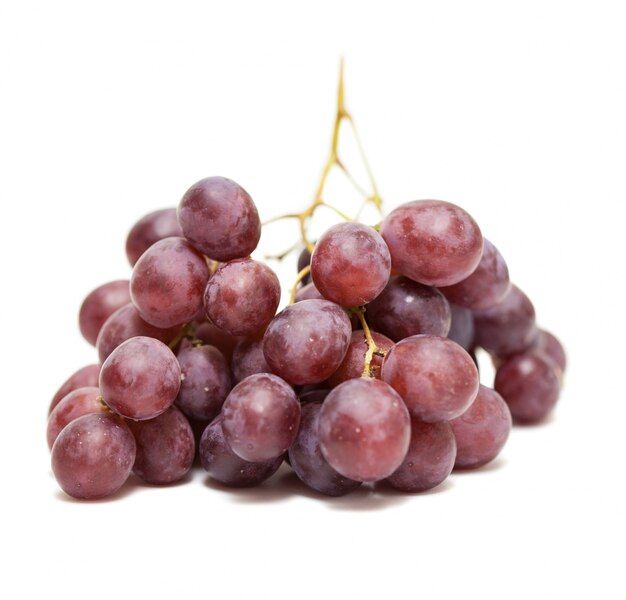
Grapes are truly one of nature’s most versatile and beneficial fruits. From their historical importance to their role in health, cuisine, and the economy, they continue to be a significant part of human life. Their rich nutritional profile, disease-fighting properties, and wide range of uses make them a valuable addition to any diet. Whether eaten fresh, dried, or transformed into wine, grapes remain a symbol of abundance, celebration, and well-being.
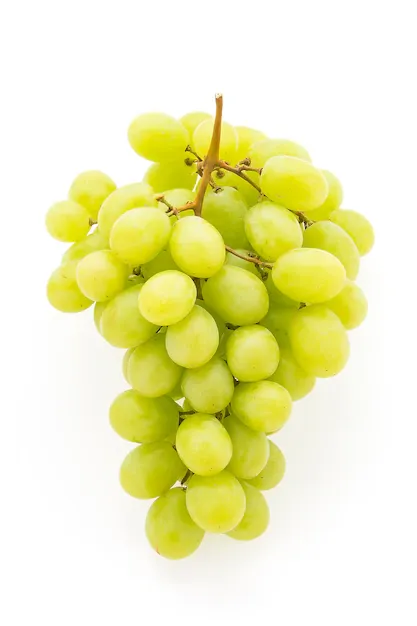
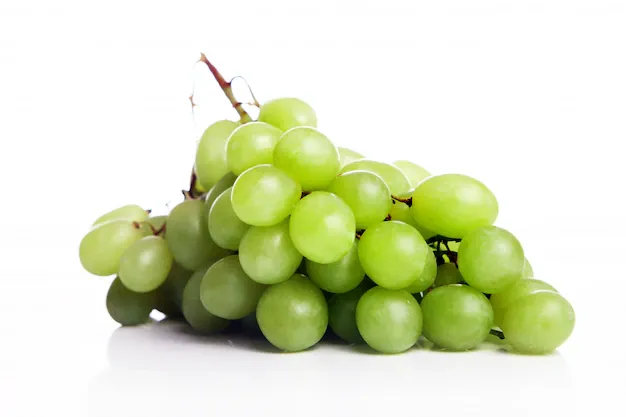
Ending here today..........
❤️ Thanks for visiting my blog.
I hope you like this blog.
If you like the blog, let me know through the comment.
See you again in the next blog.
Stay healthy, be careful and follow me.
And Subscribe my YouTube Channel
https://youtube.com/@littlerafi-h6l?si=tyZIp4JJPDkbTQtL